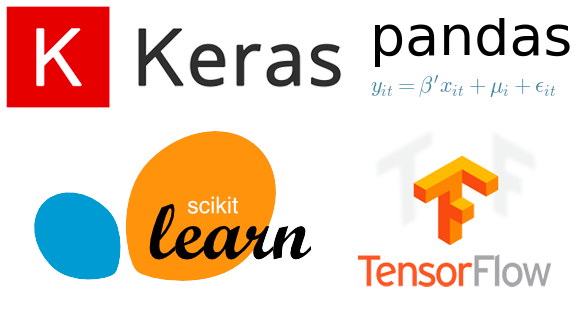How to setup an experiment in a Deep Learning model

Setting up an experiment in a deep learning model is the process of designing a controlled study to evaluate the performance of a model on a specific task or problem. The goal of an experiment is to test the performance of the model under different conditions and to understand how different factors such as model architecture, optimizer, and hyperparameters affect the performance of the model.
To set up an experiment in a deep learning model, the first step is to define the problem or task that the model will be used for. This could be a binary classification problem, a multiclass classification problem, or a regression problem.
Next, you will need to define the model architecture, which involves choosing the types of layers and the number of units or neurons in each layer. The architecture of the model should be appropriate for the specific task or problem that the model is being used for.
Once the model architecture is defined, you will need to choose the optimizer and the learning rate. The optimizer is used to adjust the weights of the model to minimize the loss function and the learning rate controls the step size that the optimizer takes in the direction of the gradient.
After that, you will need to decide the evaluation metrics that you will use to evaluate the model performance. The most common evaluation metrics for deep learning models include accuracy, precision, recall, and F1 score.
Finally, you will need to decide the number of training iterations (epochs) and the batch size. The number of epochs controls the number of times the model will see the entire dataset during training, while the batch size controls the number of samples that the model sees at a time.
In summary, setting up an experiment in a deep learning model is the process of designing a controlled study to evaluate the performance of a model on a specific task or problem. The goal of an experiment is to test the performance of the model under different conditions and to understand how different factors such as model architecture, optimizer, and hyperparameters affect the performance of the model. The process includes defining the problem, model architecture, optimizer, learning rate, evaluation metrics, number of epochs and batch size.
In this Applied Machine Learning & Data Science Recipe (Jupyter Notebook), the reader will find the practical use of applied machine learning and data science in Python programming: How to setup an experiment in a Deep Learning model.
Disclaimer: The information and code presented within this recipe/tutorial is only for educational and coaching purposes for beginners and developers. Anyone can practice and apply the recipe/tutorial presented here, but the reader is taking full responsibility for his/her actions. The author (content curator) of this recipe (code / program) has made every effort to ensure the accuracy of the information was correct at time of publication. The author (content curator) does not assume and hereby disclaims any liability to any party for any loss, damage, or disruption caused by errors or omissions, whether such errors or omissions result from accident, negligence, or any other cause. The information presented here could also be found in public knowledge domains.
Learn by Coding: v-Tutorials on Applied Machine Learning and Data Science for Beginners
Latest end-to-end Learn by Coding Projects (Jupyter Notebooks) in Python and R:
Applied Statistics with R for Beginners and Business Professionals
Data Science and Machine Learning Projects in Python: Tabular Data Analytics
Data Science and Machine Learning Projects in R: Tabular Data Analytics
Python Machine Learning & Data Science Recipes: Learn by Coding
How to add a dropout layer to a Deep Learning Model in Keras